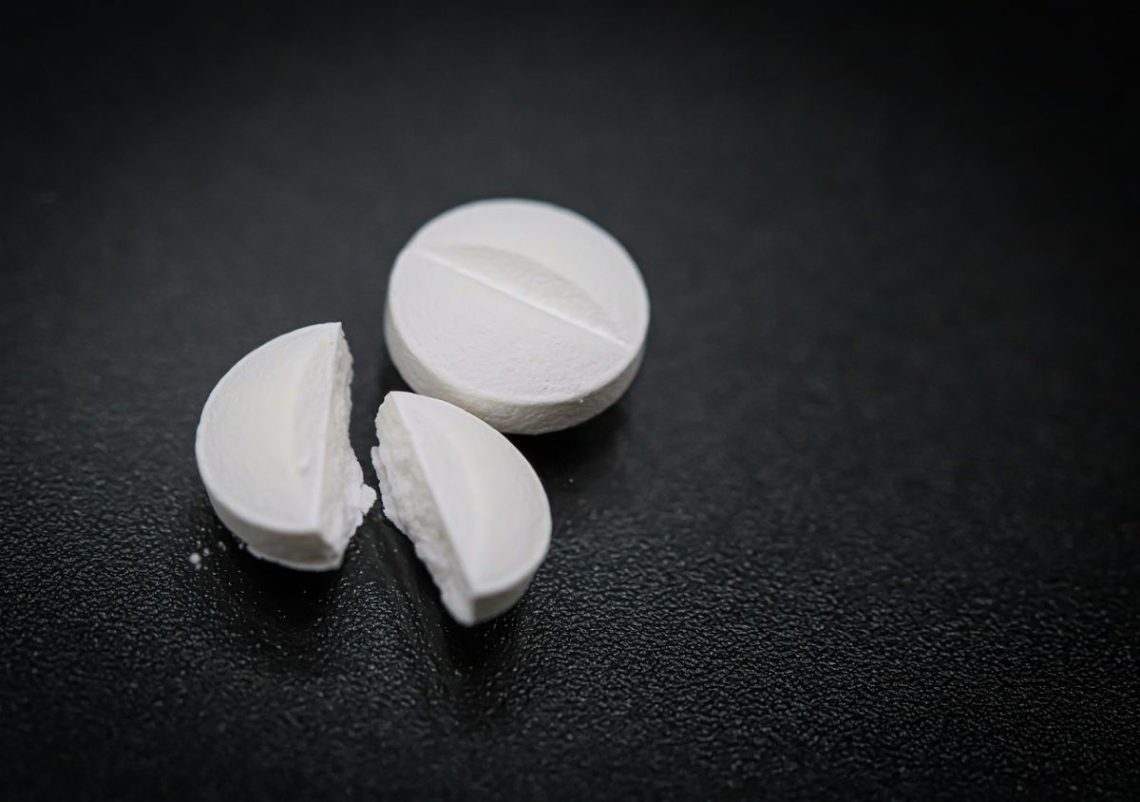Hey there! So, you’re probably here because you’ve been wondering what happens if you take Pyridium for more than 2 days. Maybe you’re dealing with some discomfort down there and thought, “Hey, this stuff works—why not keep going?” Well, let me tell you, while Pyridium can be a lifesaver for urinary pain, using it longer than recommended isn’t exactly a great idea. Let’s break it all down in simple terms so you can stay informed and safe.
Table of Contents
What Exactly Is Pyridium?
First things first—what even is Pyridium? It’s the brand name for a medication called phenazopyridine, which is used to relieve symptoms of urinary tract infections (UTIs) or irritation. Think burning, urgency, or that constant need to pee. It doesn’t cure the infection itself but gives you some much-needed relief while your body (or antibiotics) does the heavy lifting.
The catch? Pyridium is meant for short-term use only—usually no more than 2 days. Why? Keep reading to find out.
The Risks of Taking Pyridium for More Than 2 Days
Alright, let’s get into the nitty-gritty. What happens if you ignore the “short-term use only” warning on the label? Here’s the lowdown:
1. Masking Underlying Issues
Pyridium numbs the pain and discomfort, but it doesn’t fix the root cause. If you’re self-medicating and ignoring symptoms beyond 2 days, you could be letting a serious infection fester. UTIs, kidney stones, or other conditions might worsen without proper treatment.
Pro Tip: Pain relief is awesome, but don’t mistake it for a cure. Always consult a doctor if symptoms persist.
2. Liver and Kidney Damage
Here’s the scary part: phenazopyridine is processed by your liver and kidneys. Prolonged use can put unnecessary strain on these vital organs, potentially leading to damage.
Symptoms of organ stress include:
- Yellowing of the skin or eyes (jaundice)
- Dark urine
- Unexplained fatigue
If you notice any of these signs after taking Pyridium for too long, seek medical help ASAP.
3. Stomach Upset and Other Side Effects
Even when taken as directed, Pyridium can cause side effects like nausea, headaches, or an upset stomach. Overdoing it increases the likelihood of these issues—and trust me, you don’t want to feel worse while trying to feel better.
4. Orange or Red Urine
Okay, this one’s less dangerous but still worth mentioning. Pyridium turns your pee bright orange or red, which can freak people out. While it’s harmless, it might make you think something’s wrong if you’re not expecting it.
Why Is 2 Days the Magic Number?
So why do doctors recommend sticking to just 2 days of Pyridium? Here’s the deal:
- Short-Term Relief: Pyridium is designed to give you quick symptom relief while you address the underlying issue. Antibiotics or other treatments should kick in within 48 hours, making extended use unnecessary.
- Minimizing Risks: Limiting use reduces the chances of side effects, organ damage, and masking serious conditions.
Think of Pyridium as a band-aid, not a permanent fix. It’s there to tide you over until the real solution takes effect.
What Should You Do Instead?
If you’re tempted to pop Pyridium for more than 2 days, stop right there. Here’s what you should do instead:
- See a Doctor
If your symptoms aren’t improving after 2 days, it’s time to call your healthcare provider. They can run tests to figure out what’s really going on and prescribe the right treatment.
- Stay Hydrated
Drinking plenty of water helps flush out bacteria from your urinary tract. It’s simple, free, and effective.
- Avoid Irritants
Skip caffeine, alcohol, spicy foods, and anything else that might irritate your bladder. Stick to bland, soothing options until you’re feeling better.
- Follow Prescribed Treatments
If you’ve been prescribed antibiotics for a UTI, finish the entire course—even if you start feeling better. Stopping early can lead to antibiotic resistance, which is a whole other headache.
Signs You Need Immediate Medical Attention
Sometimes, things escalate quickly. If you experience any of the following after taking Pyridium, don’t wait—get help immediately:
- Severe abdominal or back pain
- Fever or chills
- Blood in your urine (beyond the harmless orange tint caused by Pyridium)
- Difficulty urinating
These could indicate a more serious condition that needs prompt treatment.
Wrapping It Up
At the end of the day, Pyridium is a helpful tool for managing urinary discomfort—but only when used correctly. What happens if you take Pyridium for more than 2 days? You risk masking symptoms, damaging your organs, and delaying proper treatment. It’s always better to play it safe and consult a professional if you’re unsure.
Remember, your health is worth more than a quick fix. Stay hydrated, listen to your body, and don’t hesitate to reach out to a doctor when needed. After all, you deserve to feel your best!
Now go ahead and share this article with anyone who might benefit from it. Knowledge is power, and I’m rooting for you to stay healthy and informed!
Also Read: Diethylcarbamazine Citrate 100mg Uses in Hindi: A Complete Guide

